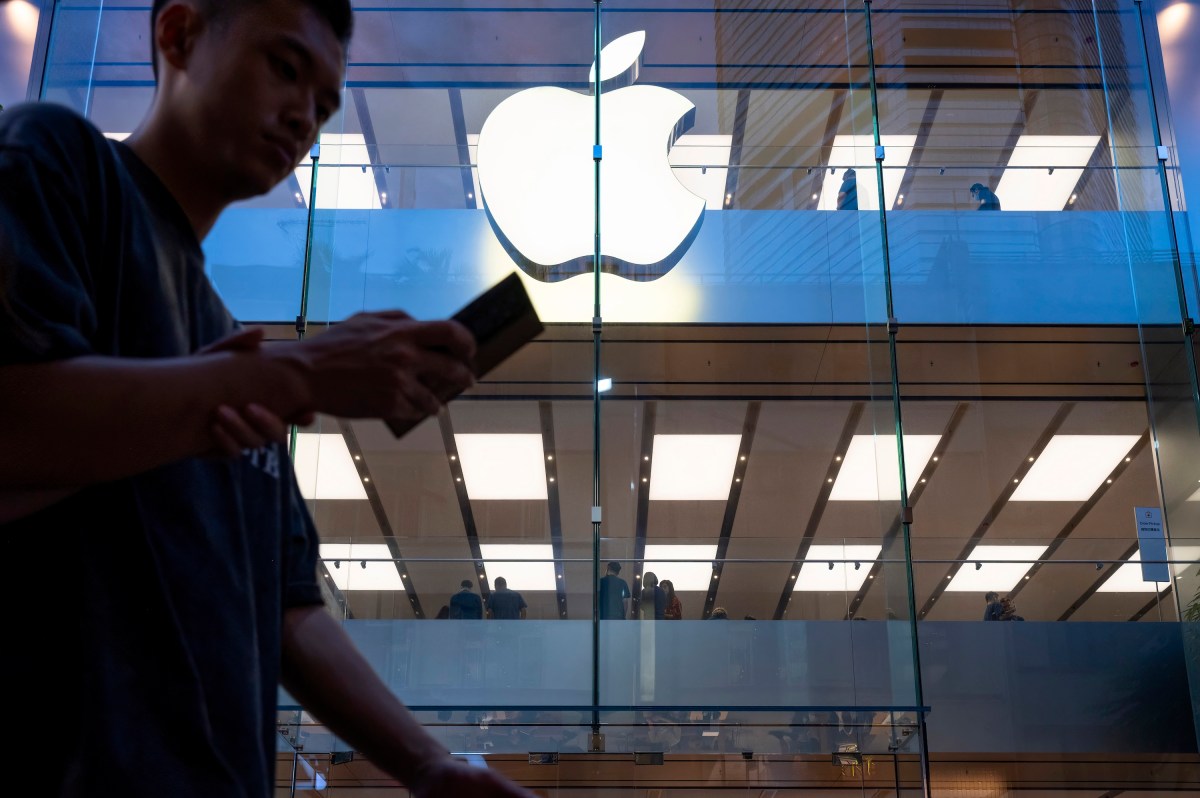Breaking: Apple's iPhone 18 Launch Strategy Revealed - A Two-Phase Rollout Revolution

Apple is set to shake up its iPhone launch strategy for the anticipated iPhone 18 series, with plans to stagger the release across two distinct time frames in 2026, according to a recent report from The Information. The tech giant's supply chain sources suggest an innovative approach that could potentially transform how new iPhone models are introduced to the market.
By spreading the launch over approximately six months, Apple may be aiming to optimize production, manage supply chain complexities, and create sustained consumer interest throughout the year. This strategic move could allow the company to introduce different models with varying features and specifications at different times, potentially keeping consumer excitement and anticipation high.
While specific details remain speculative, the reported launch strategy hints at Apple's continuous efforts to refine its product release methodology and maintain its competitive edge in the rapidly evolving smartphone market. Tech enthusiasts and Apple fans will undoubtedly be watching closely to see how this unconventional launch approach unfolds.
